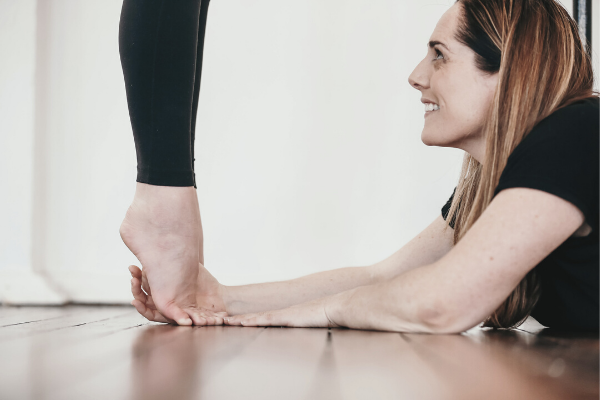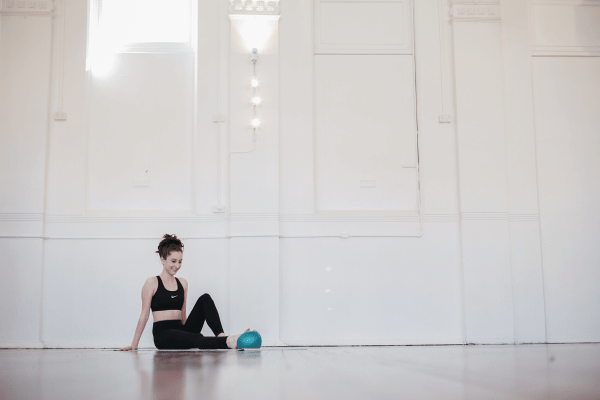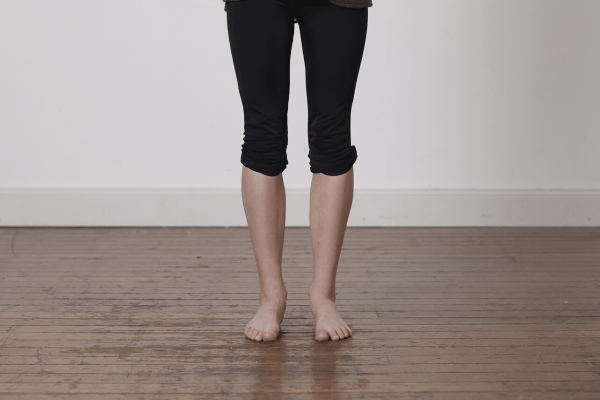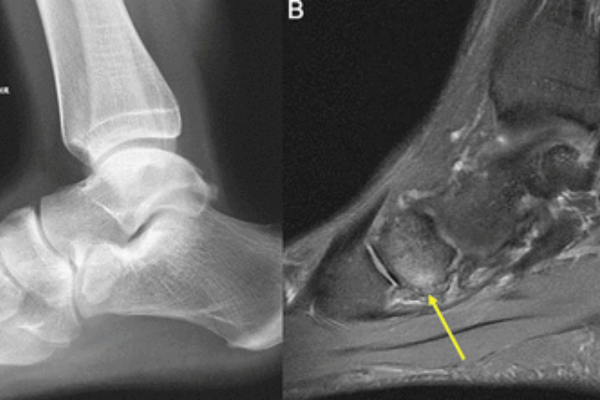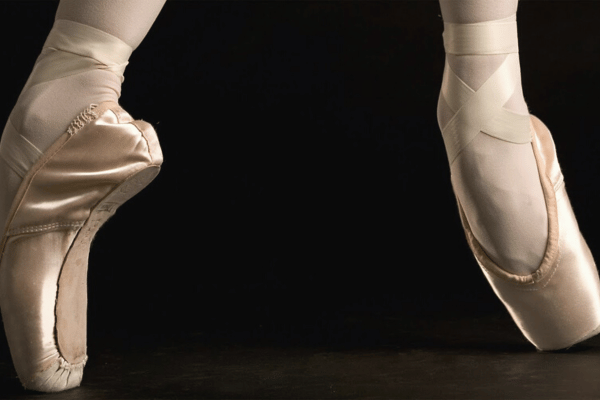- Free Articles
- Shop
- Workshops
- The Dance Educator Series
- Upcoming Workshops
- Workshop FAQ’s
- Host Application Form
- Student Workshop Application Form
- Dance Teacher & Health Professional Directory
- Workshop Testimonials
- Members Areas
- Cart
- My Account
How do I Control Flexible Feet on Pointe?
Hi Lisa,
I am teaching a girl who has really gorgeous flexible feet but she is finding it really hard not to go too far over on pointe. Her arch is wanting to and is able to go well over her toes! She is aware of the problem and I have shown her the correct position to try and stay in, we are really working on strength in her ankles and making sure that she isn’t going too far over, but I just wondered if you had any further advice or exercises that may help her. She is currently wearing a Capezio shoe.
I have The Perfect Pointe Book which is brilliant by the way, but I can't seem to see any references to this problem.
I hope you can help
Kind Regards,
Louise
Dear Louise,
Thank you so much for that question. While many girls struggle for adequate mobility in the front of their ankles, many others have the (often more difficult) task of controlling excessive mobility if they have very flexible feet. There are several things that you can do to help these students, and I will make sure to add a section dedicated to the flexible feet in any new versions of The Perfect Pointe Book.
There are also lots of specific strengthening exercises in the Advanced Foot Control for Dancers Program, and the model in the video has very flexible feet (one in particular) that she has had to learn to control, so I highly recommend this program for your slightly older dance students (Ages 14+).
However there are several other things that I suggest you try immediately.
1. Soleus Rises
I would recommend downloading and watching the free video we have made all about the Soleus muscle from HERE. Especially note the "Soleus Rises" exercise and how the dancer learns to not 'snap' into her end range during this exercise. This is hard to do initially but is imperative for any dancer with flexible feet when working on 3/4 or full pointe. If they 'snap' into their end range they can cause damage to all of the soft tissues at the back of the ankle and develop symptoms of Posterior Impingement.
2. Break in her pointe shoes correctly
The next thing I would check is to make sure that her pointe shoes are broken in correctly (please see our Breaking in Pointe Shoes video HERE) so that the shank sits flat along the under surface of the front part of the foot and curves out to cup her heel when en pointe. For the girl with very mobile feet this is very important. If the shank of the shoe is still stiff from the tip of the shoe to the heel, her arch will sit too far forward and she will constantly feel that she is falling forward out of the shoe. I also suggest having the ribbons slightly further forward than usual, to allow the shank to be held flush with the sole of the foot when en pointe. Watch the video on this site by clicking HERE.
3. Tape the front of the ankle
I also use a taping technique to help control excessive very flexible feet en pointe until the dancer develops enough strength to control her mobility. This can also be used even on very strong dancers who are doing a lot of rehearsals en pointe (prior to performances and exams etc). This helps reduce any inflammation of the ligaments at the front of the ankle that often get irritated in the hypermobile dancer. I talk about using this taping for pain at the front of the ankle en pointe, but it can be used to prevent, as well as heal it!
4. Check the length of her vamp
Make sure that the vamp of the shoe comes up a little higher than usual. This can help hold the metatarsals in place and prevent the feeling of falling out of the front of the shoe. An alternative is to sew a piece of 'Vamp Elastic' (approximately 5cm wide) across the bridge of the foot. This can really help girls with flexible feet develop better proprioception about where their foot is en pointe.
I hope this helps, and please let me know how you go with these suggestions. Feel free to add a comment if you have any other suggestions to help with this issue!
Pointe Resources
If you are looking to delve deeper into this topic, check out the following programs:
- The Perfect Pointe Book: This course was originally designed to help students and dance teachers safely prepare for pointe work. The four stages of tests and exercises within the book are ideal for pre-pointe preparation classes, students close to achieving pointe shoes and students already en pointe looking for extra strength and technique training.
- Pointe Range: This online program comprises of 41 clear and concise videos, totalling just under 2 hours play time, this course begins with a series of assessments to establish exactly what structures are restricting your pointe range. It then explores a diverse array of massage techniques, joint mobility exercises and fascial mobilisers to safely improve your pointe range. This is followed by an in depth look at retraining all of the muscles that stabilise the foot and ankle to allow you to actually use your new found pointe range in class.
- Pointe Intensive: This online virtual workshop is designed for both Dance Teachers & Health Professionals working with dancers. This three day Intensive will give you the most up-to-date advice in the industry to help you understand your students’ needs, analyze their differences, and them you the tools to help your students become the best dancer they can be.



